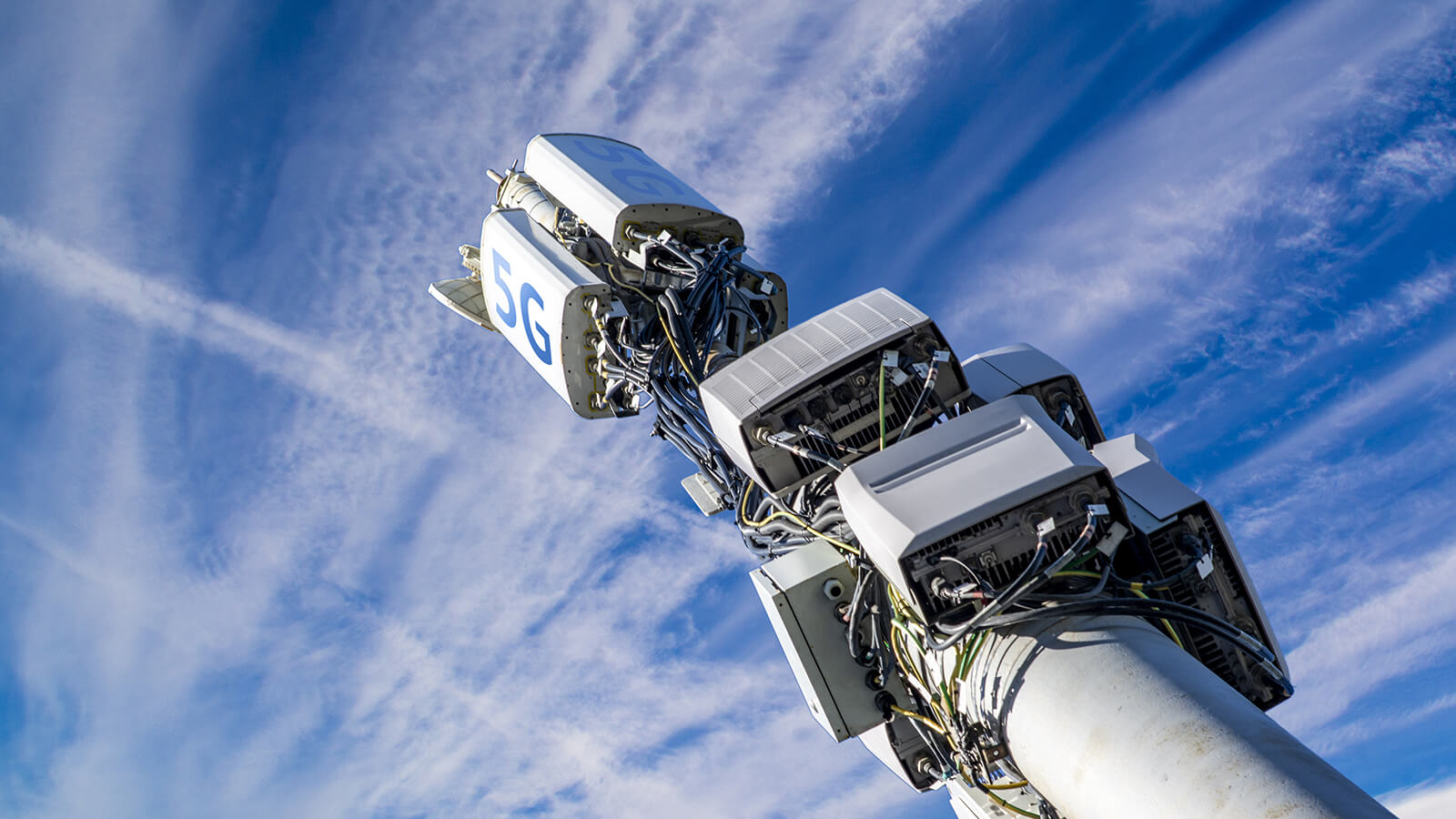If you've ever been through a town, you may have seen tiny mini 5G cell towers on the poles of street lights. They look like little boxes however they're actually sending wireless signals from cellular providers to your phone.
They are replacing larger specially-designed cell towers. While they're less noticeable however, they could create problems for those who live nearby.
The of the FCC's Radiation Exposure Thresholds
The FCC's Radiation Exposure Thresholds define the safe limit at which an individual can be exposed to electromagnetic energy from wireless devices. The exposure limits are based upon scientific research which show that the energy of RF can be harmful to human health.
The absorption rate specific (SAR) is a measure of the amount of radiofrequency energy that is absorbed by tissue. It's typically 1.6 milliwatts per kilogram spread over a gram of tissue.

But, since 5g operates at higher frequencies and has the potential to cause greater energy intensity on the skin as well as other body areas. This could lead to many possible harms, like the development of skin diseases like dermatitis, cataracts and skin cancer.
Due to the possible negative effects of 5G radiation, PSU has chosen to establish a general, localized power density limit of 4 mW/cm2 based on the average on 1cm2, but not to exceed 30 minutes for the entire 5G spectrum at 3000 GHz. This limit for localization is in line with the peak spatial-average SAR of 1.6 W/kg, which is averaged over 1 grams of tissues at six GHz.
The FCC's Maximum Exposure Thresholds for Maximum Exposure
If you've ever used a mobile phone, you probably know that the safest location from the tower should be at least 400 meters. This is due to the power of transmission from a cell tower increases dramatically the farther your location from the tower.
While it sounds like an ideal idea, the reality is that people who live close to towers may actually be more susceptible to health problems. For instance, a 2014 study in India discovered that those who lived within 50 meters of cell towers experienced significant more health issues than those who were far from antennas.
This study found that people who moved to areas further away from the cell towers saw their symptoms return to normal within a few days. Studies have also demonstrated that exposure to extreme frequencies of radiofrequency electromagnetic fields (EMFs) can lead to brain tumors, cancer and other health issues.
This is because RF radiation, used in wireless communication, can penetrate the body's outer layer of skin. what is a safe distance from a cell tower is crucial to know since the skin serves as a barrier to protect against injury to the body, infection by pathogenic microorganisms, and the entry of harmful substances. It is also the biggest organ in the human body and is accountable for keeping the integrity of the other organs.
safe distance to live from cell phone tower on numerous assumptions that aren't supported by evidence from science. safe distance to live from cell phone tower include the erroneous assumption that exposures to RF radiation are safe due to minimal penetration into the body (i.e., tissue heating).
The assumption is also ignoring the greater penetration of ELF elements of modulated radio signals, as well as the effects on the body of short bursts caused by RF pulses. These assumptions are not in line with current knowledge of the biological consequences of RF radiation. Therefore, they should not be relied upon for health-protection exposure standards.
Additionally, the ICNIRP and FCC restrict their maximum exposure limits to local peak SARs that are based on the peak spatial specific absorption rate (psSAR), which can be described as an inadequate dosimetric tool for determining the level of exposure to RF radiation. Particularly it is inconclusive when frequencies exceed 6 GHz. Additionally, psSAR hasn't been evaluated for RF radiation that is exposed to other environmental agents such as sunlight. In the event of interactions, RF radiation with other agents in the environment could result in antagonistic or synergistic impacts. This could result in the risk of having adverse health consequences. For example, co-exposure to RF radiation with sunlight may raise the chance of skin cancer and exacerbate other skin disorders, such as acne.
